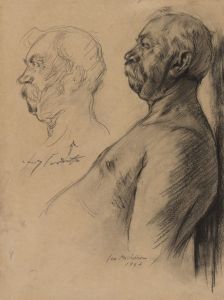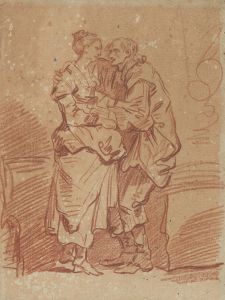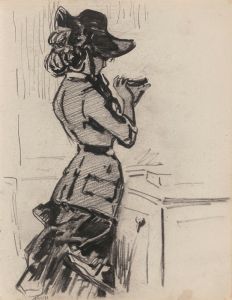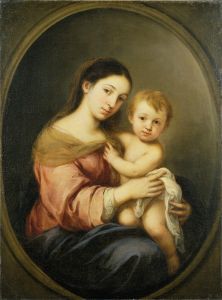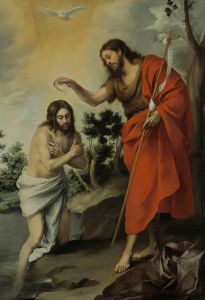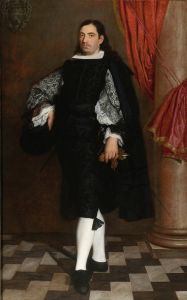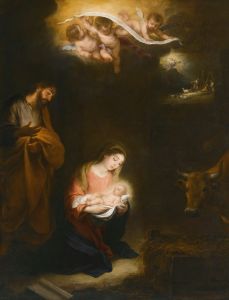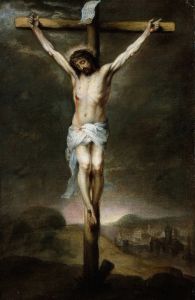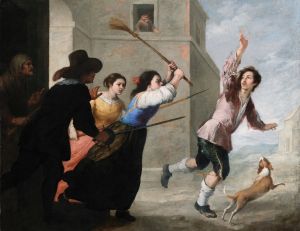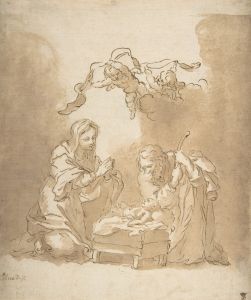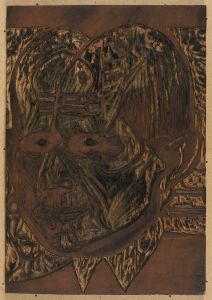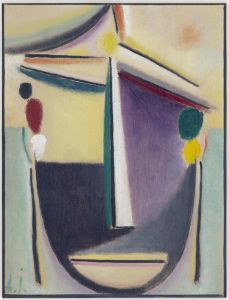
Head of an Old Man
A hand-painted replica of Bartolomé Estebán Murillo’s masterpiece Head of an Old Man, meticulously crafted by professional artists to capture the true essence of the original. Each piece is created with museum-quality canvas and rare mineral pigments, carefully painted by experienced artists with delicate brushstrokes and rich, layered colors to perfectly recreate the texture of the original artwork. Unlike machine-printed reproductions, this hand-painted version brings the painting to life, infused with the artist’s emotions and skill in every stroke. Whether for personal collection or home decoration, it instantly elevates the artistic atmosphere of any space.
"Head of an Old Man" is a painting attributed to the Spanish Baroque artist Bartolomé Esteban Murillo (1617–1682). Murillo is widely recognized as one of the most prominent painters of the Spanish Golden Age, known for his religious compositions, genre scenes, and portraits. This particular work, "Head of an Old Man," is an example of Murillo's skill in capturing human expression and character through portraiture.
The painting depicts the head and shoulders of an elderly man, rendered with remarkable attention to detail and realism. The subject's face is marked by deep wrinkles and a contemplative expression, suggesting a life of experience and introspection. Murillo's use of light and shadow, characteristic of the Baroque style, enhances the three-dimensional quality of the figure and draws attention to the man's facial features. The background is typically dark, a technique often employed by Murillo to emphasize the subject and create a sense of intimacy.
While Murillo is best known for his religious works, such as "The Immaculate Conception" and "The Holy Family," he also painted portraits and genre scenes that reflect his interest in the human condition. "Head of an Old Man" is considered part of this latter category, showcasing his ability to portray the dignity and individuality of his subjects.
The exact date of the painting's creation is not definitively known, but it is believed to have been produced during the mid-to-late 17th century, a period when Murillo was at the height of his artistic career. The work is often associated with studies or preparatory sketches, as it focuses solely on the head and shoulders rather than a full composition. Such studies were common among Baroque artists and were used to refine their understanding of anatomy, expression, and light.
The current location of "Head of an Old Man" is not universally agreed upon, as several works attributed to Murillo with similar titles and themes exist in various collections. Some of these attributions have been debated by art historians, as Murillo's style was highly influential, and many works by his followers or imitators have been mistakenly credited to him.
As with many of Murillo's works, "Head of an Old Man" reflects the artist's deep sensitivity to the human spirit and his mastery of Baroque techniques. It remains a testament to his enduring legacy in the history of art.





